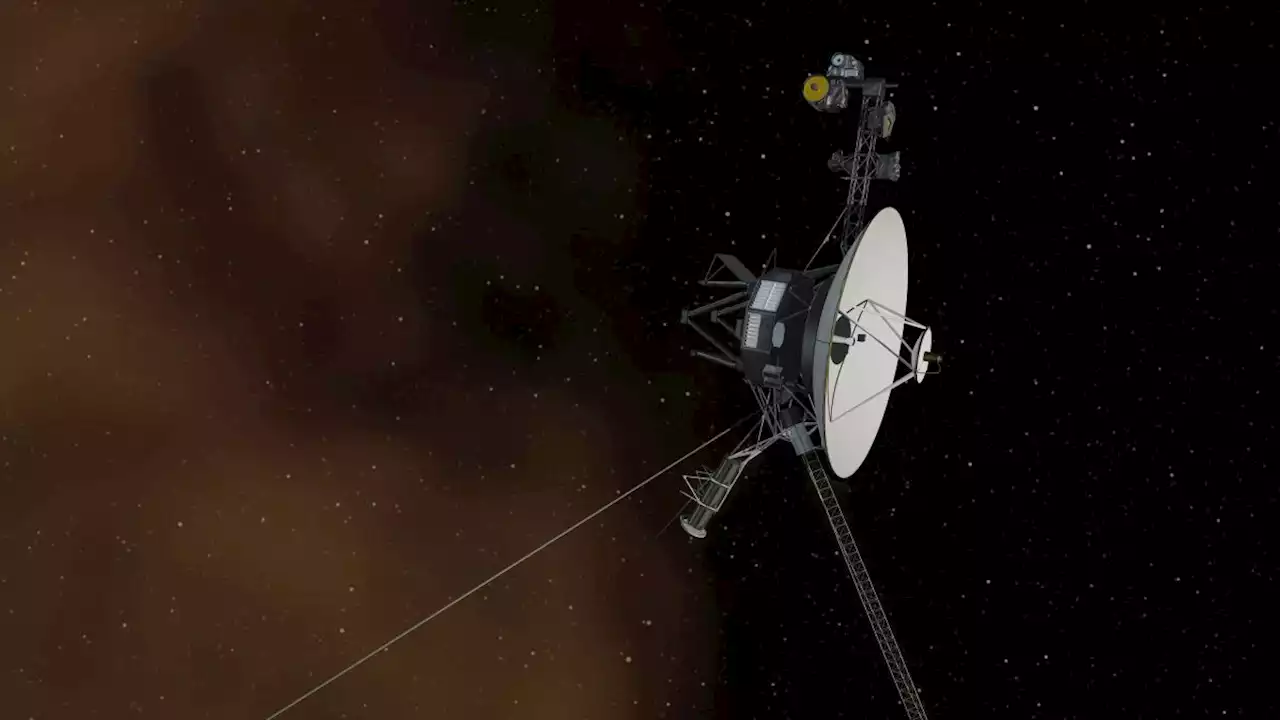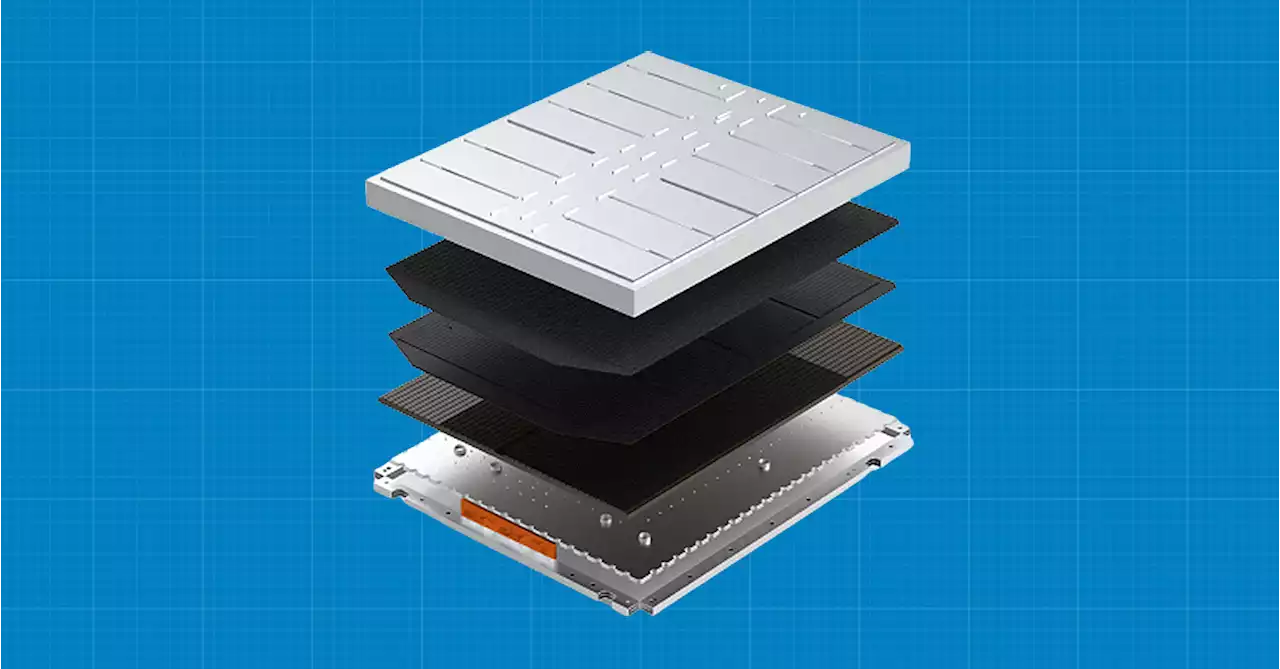This would require 'six times less mass to produce the same amount of energy' as the best nuclear option, says the professor.
NASA's unmanned Artemis mission to the moon was a small step toward the ultimate goal of sending humans to Mars and beyond.
According to calculations made by Emeritus Professor Jeffrey Gordon of Ben-Gurion University's Solar Energy and Environmental Physics Department, this plan would require six times less mass to produce the same amount of energy than the best nuclear option.With a sufficient number of panels always exposed to the sun, the professor argues that his plan would 100 percent reliably feed oxygen-producing facilities with energy.
A limited amount of energy will be required during the early stages of human settlement on the moon, and NASA has already chosen six businesses to submit plans, three of which will use solar energy and the rest nuclear fission.Gordon's proposal called for the installation of a ring of solar panels close to one of the lunar poles; he cited the north pole as an example.
Gordon argued that because the lunar surface naturally acts as electrical insulation, the transmission lines would not need to be insulated.
日本 最新ニュース, 日本 見出し
Similar News:他のニュース ソースから収集した、これに似たニュース記事を読むこともできます。
 The most distant spacecraft in the solar system — Where are they now?Briley Lewis (she/her) is a freelance science writer and Ph.D. Candidate/NSF Fellow at the University of California, Los Angeles studying Astronomy & Astrophysics. Follow her on Twitter briles_34 or visit her website www.briley-lewis.com.
The most distant spacecraft in the solar system — Where are they now?Briley Lewis (she/her) is a freelance science writer and Ph.D. Candidate/NSF Fellow at the University of California, Los Angeles studying Astronomy & Astrophysics. Follow her on Twitter briles_34 or visit her website www.briley-lewis.com.
続きを読む »
 Solar-powered cells: Light-activated proton pumps generate cellular energy, extend lifeNew research in the journal Nature Aging takes a page from the field of renewable energy and shows that genetically engineered mitochondria can convert light energy into chemical energy that cells can use, ultimately extending the life of the roundworm C. elegans. While the prospect of sunlight-charged cells in humans is more science fiction than science, the findings shed light on important mechanisms in the aging process.
Solar-powered cells: Light-activated proton pumps generate cellular energy, extend lifeNew research in the journal Nature Aging takes a page from the field of renewable energy and shows that genetically engineered mitochondria can convert light energy into chemical energy that cells can use, ultimately extending the life of the roundworm C. elegans. While the prospect of sunlight-charged cells in humans is more science fiction than science, the findings shed light on important mechanisms in the aging process.
続きを読む »
 Bay Area nonprofit brings solar lanterns to Ukraine as Russian missiles pummel power gridWith a click of a button, these solar lanterns are poised to bring some much needed light to Ukraine as millions struggle without having electricity.
Bay Area nonprofit brings solar lanterns to Ukraine as Russian missiles pummel power gridWith a click of a button, these solar lanterns are poised to bring some much needed light to Ukraine as millions struggle without having electricity.
続きを読む »
 Secret Of Patagonia's New See-Through Solar WindowsWith Patagonia on board, NEXT Energy Technologies has a high-profile showcase for its new see-through solar windows.
Secret Of Patagonia's New See-Through Solar WindowsWith Patagonia on board, NEXT Energy Technologies has a high-profile showcase for its new see-through solar windows.
続きを読む »
 A New Solar-Powered Electric Vehicle Eliminates Strategic MetalsSono Motors wants to make electric mobility sustainable. In its new battery pack, it has taken a step in that direction.
A New Solar-Powered Electric Vehicle Eliminates Strategic MetalsSono Motors wants to make electric mobility sustainable. In its new battery pack, it has taken a step in that direction.
続きを読む »
 The Solar-Powered Lightyear One Will 'Drive For Months Without Charging'Solar-powered EV maker Lightyear recently announced that its Lightyear One solar electric vehicle has successfully passed 20 durability tests.
The Solar-Powered Lightyear One Will 'Drive For Months Without Charging'Solar-powered EV maker Lightyear recently announced that its Lightyear One solar electric vehicle has successfully passed 20 durability tests.
続きを読む »
